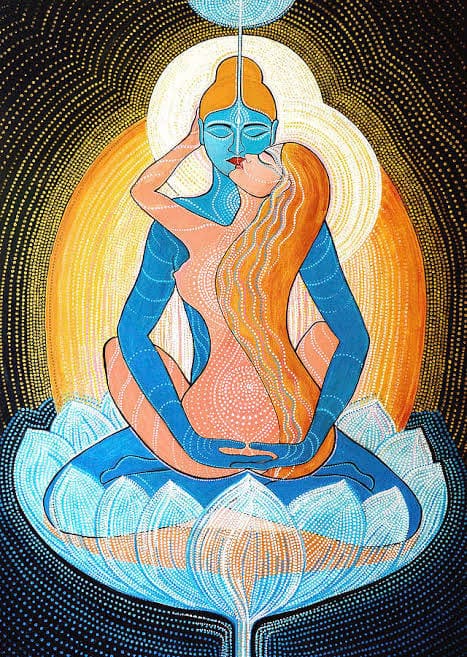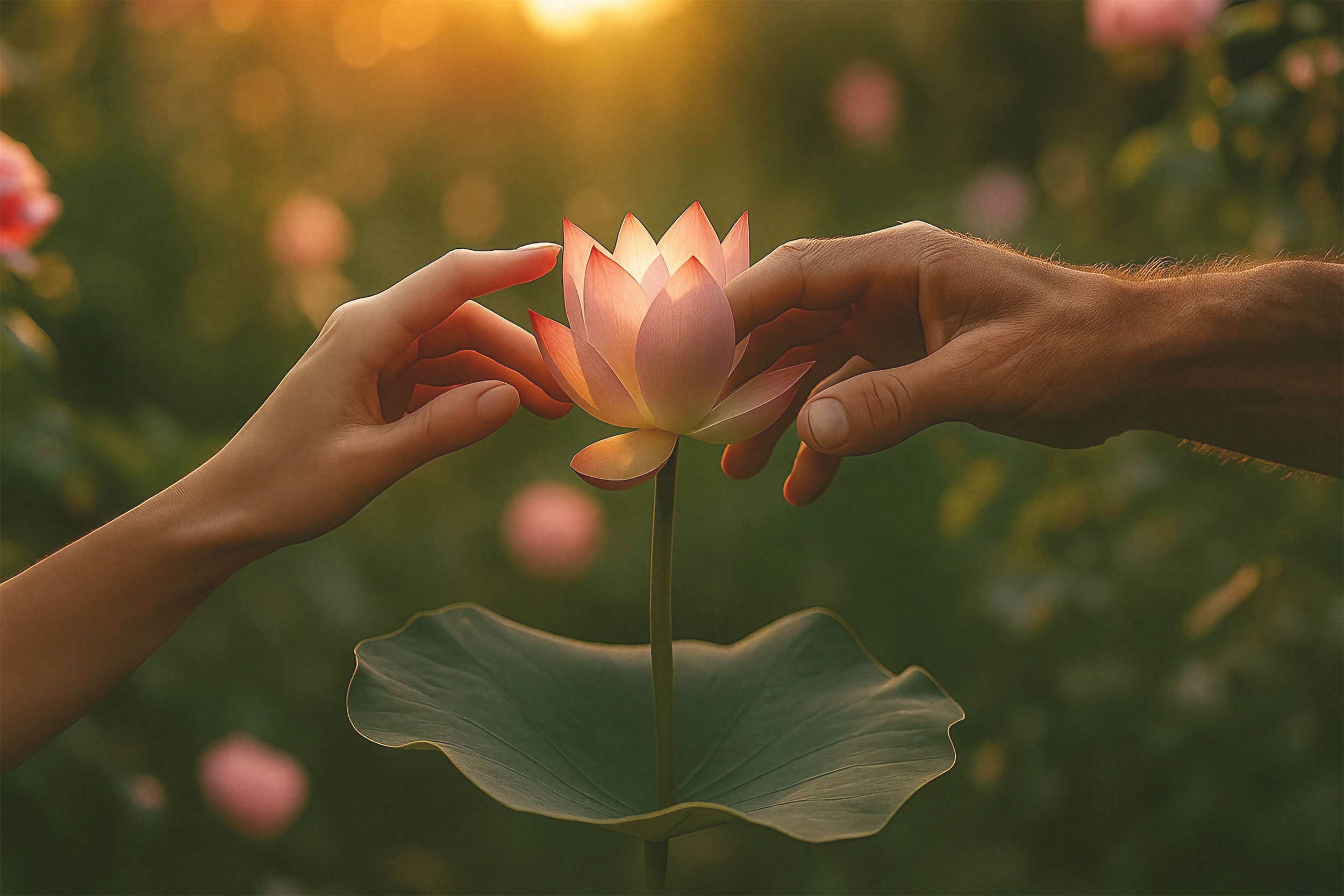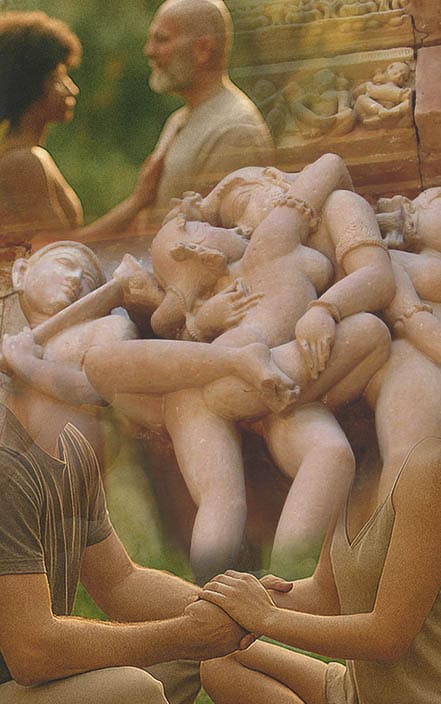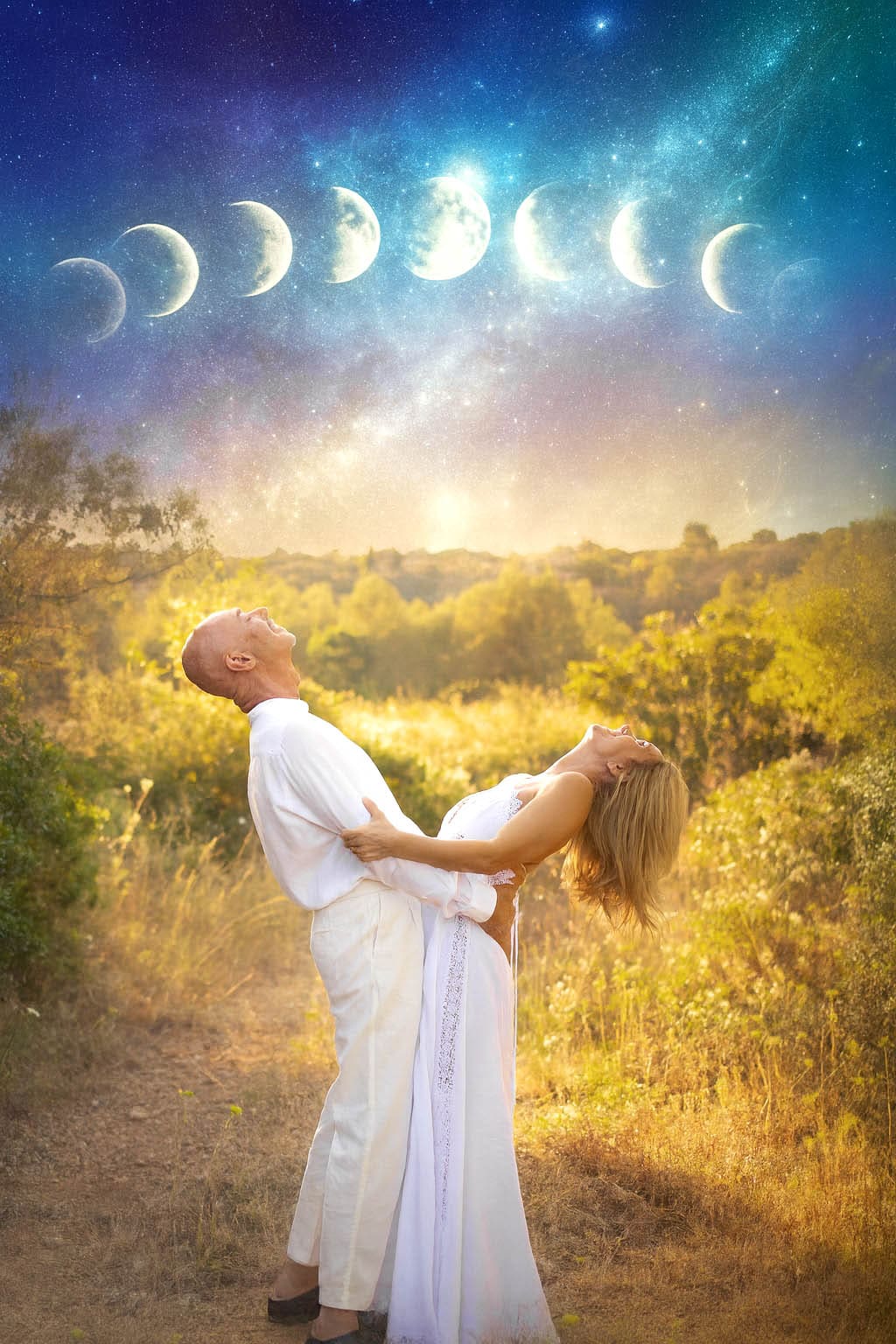The Origin of Tantra: Ancient Roots of a Sacred Tradition

Tantra is one of the most misunderstood spiritual traditions in the modern world. Often reduced to a form of exotic sexuality in the West, its true origins are far deeper and more spiritual. Tantra is an ancient and complex system that emerged from the Indian subcontinent, offering a path to enlightenment by embracing the totality of life—including the body, emotions, sexuality, and spiritual energy.
The word Tantra is a Sanskrit term that means “that which is woven”—in other words, that which is connected. Tantra is all about connection: with yourself, your partner, society, and the spiritual world.
Tantra is not a single doctrine but a diverse set of spiritual teachings and practices that evolved over thousands of years. It sees the material and the spiritual as interconnected, and aims to awaken the divine within the human experience.
Tantra originated in ancient India, emerging around 500–1000 CE, although many of its ideas and rituals are rooted in earlier Vedic and pre-Vedic traditions.
The core idea of Tantra is that, unlike ascetic paths that reject the body and desire, Tantra embraces the divine in all things—including matter, the body, sexuality, and the senses.
The tantric knowledge was transmitted through scriptures known as Tantras, Agamas, and Samhitas. These texts contain rituals and mantras, meditation and yoga techniques, and philosophical dialogues between the divine masculine (Shiva) and the divine feminine (Shakti). Many of these texts were considered secret, taught only to initiates by a guru, and preserved in Sanskrit or regional languages.
One of Tantra’s key contributions is its celebration of the feminine and the masculine as sacred. The divine feminine, known as Shakti, is seen as the active, moving, and creative force of the universe, while the divine masculine, known as Shiva, is seen as the still, present, and guiding force. These energies are interdependent, and their union is symbolic of spiritual awakening.
This is where iconic Tantra images like the Yab-Yum (male-female embrace) come from—they represent spiritual unity, not just physical sexuality.
When Tantra entered the West in the 20th century, especially during the sexual revolution of the 1960s and ’70s, it was often stripped of its spiritual depth and reduced to erotic technique. While Western Neo-Tantra helped people explore conscious sexuality, it sometimes missed the rich spiritual, philosophical, and energetic aspects of traditional Tantra.
Traditional Tantra is not about indulgence—it is about transformation. It asks you to turn every experience, including pleasure, into a doorway to the sacred.
So, in its true essence, Tantra is not a religion, but a spiritual technology—a way of awakening through life itself. It teaches that the divine is not outside of us, but within the body, emotions, desires, and relationships. Its origin lies in a radical vision: that spiritual liberation comes not from escaping life, but from embracing it fully—with awareness, reverence, and love.
Ready to dive in?
Explore our Workshops, Sessions & Trainings
and begin the path of Healing, Empowerment,
and Sacred Connection.
































